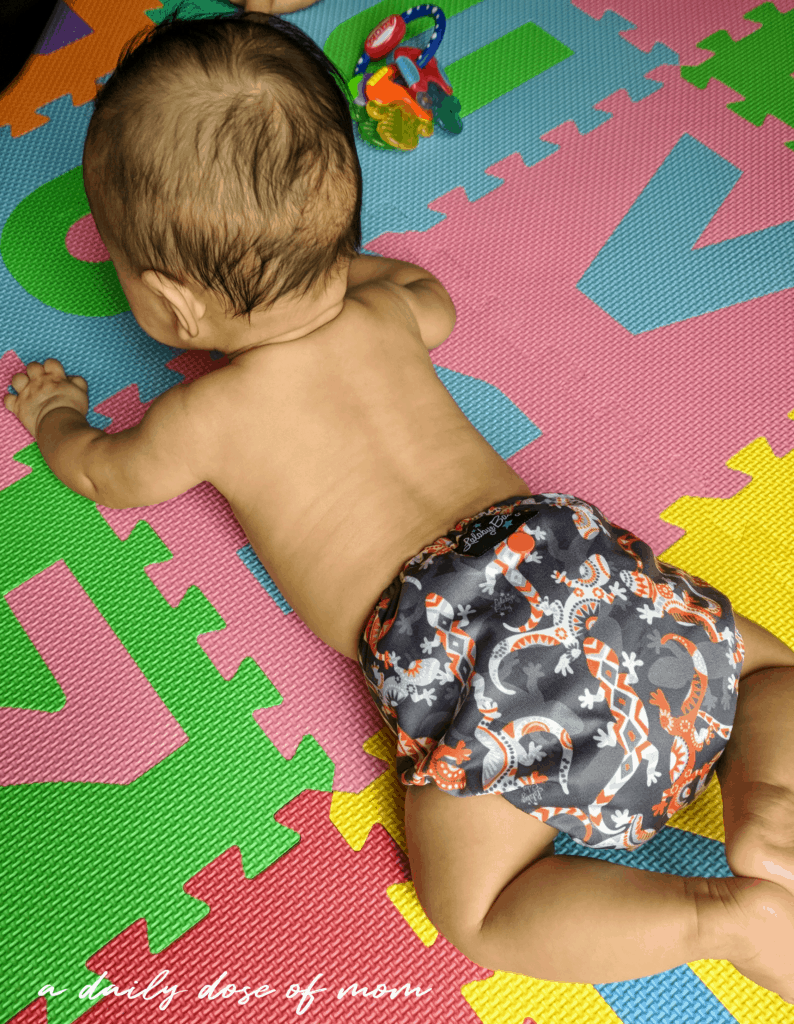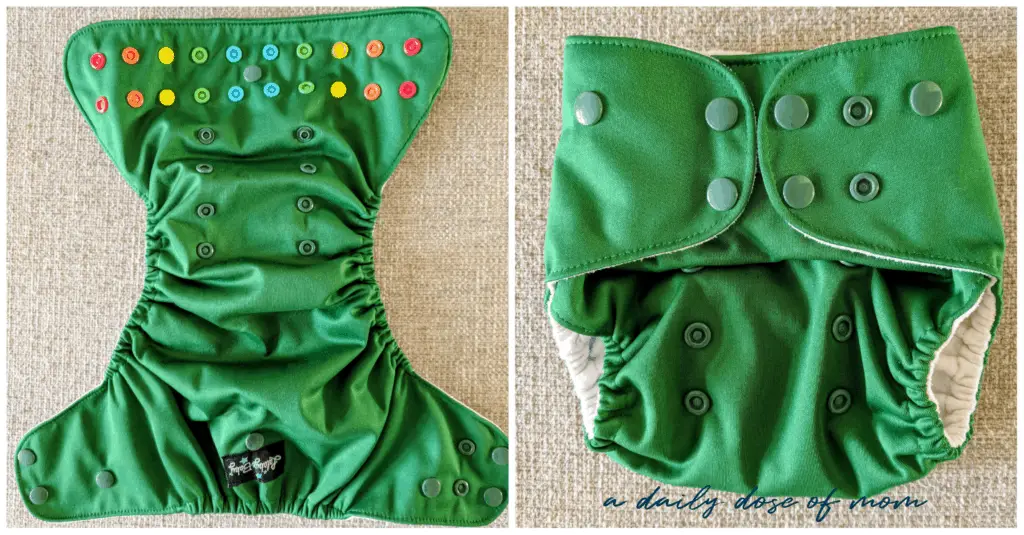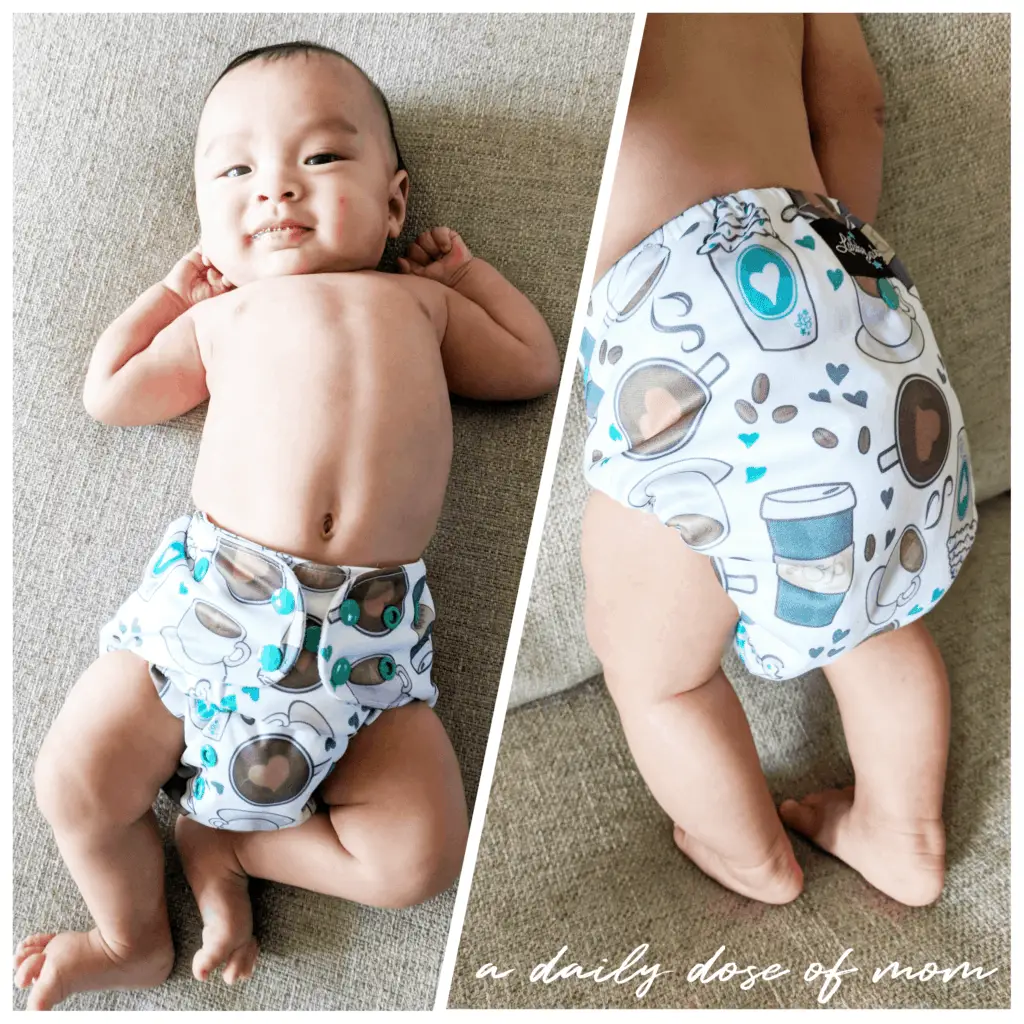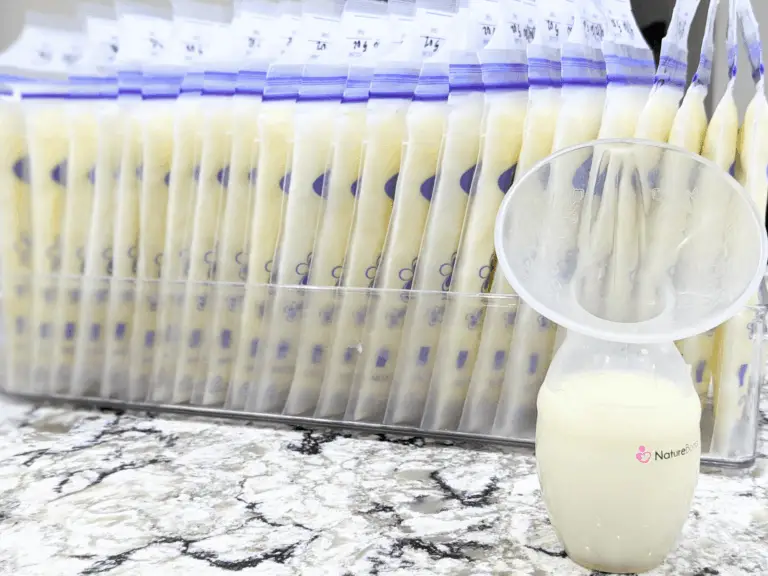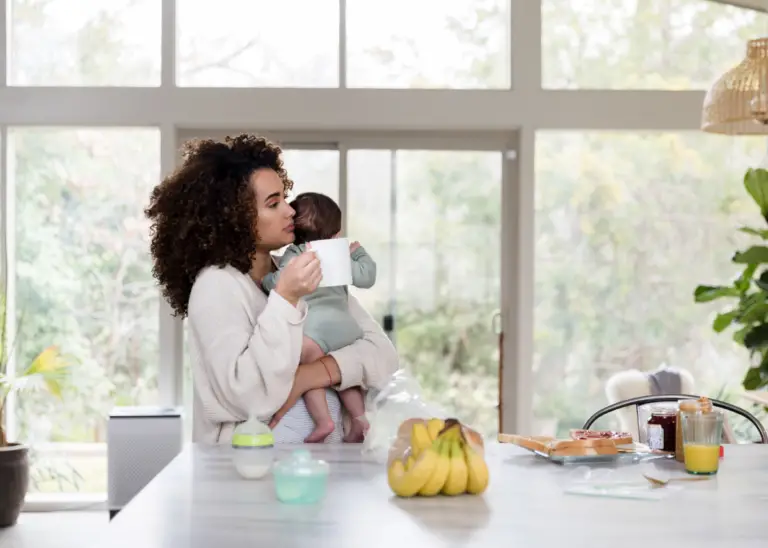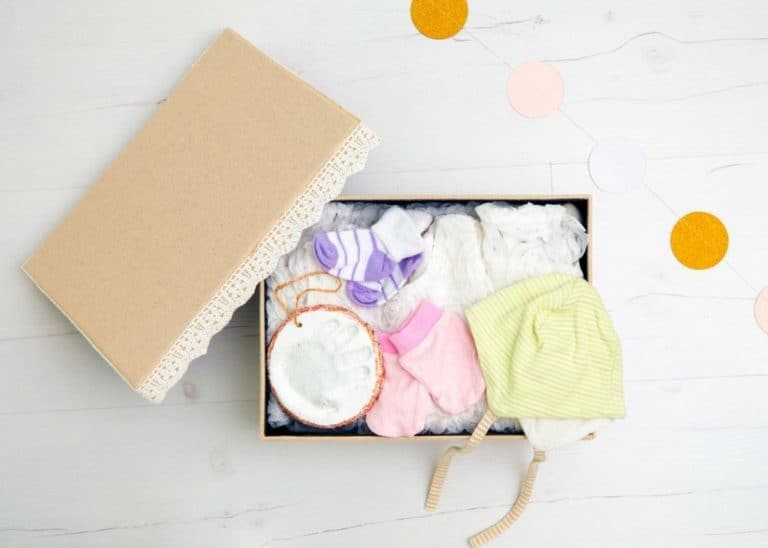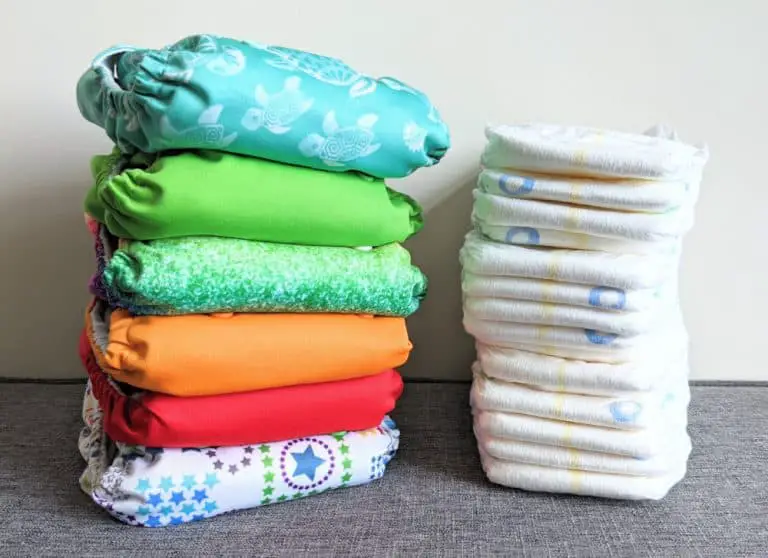Yuck! Poop in My Washing Machine?!
Cloth diapers. Ewwww…right?! I know what you’re thinking. In your head, you have a picture of a white (maybe a little off-white now) dish towel that is somehow wrapped around the baby’s bum and held together with safety pins. Did I get it right? That’s the image I had in my head too when I first heard of cloth diapers! Let me tell you how wrong I was!
When we first found out we were pregnant with Remy, I went on a researching rampage! That’s my nature – I’m a scientist at heart. I researched on how to have an easy pregnancy, how to have an easy delivery, baby led weaning, cloth diapers…you get the picture. When I first discussed the topic of cloth diapers with my husband, he was actually very open to the idea and we decided that we would at least “try” them out. I mean, I was very gung-ho about cloth diapers, but even I didn’t know if I could handle all that poo. My mother-in-law (who would be taking care of Remy when I went back to work) was so adamantly against the idea, she actually said she was going to buy her own disposable diapers to use! But here’s how cloth diapers surprised all of us and may surprise you too!
1. Saves the environment
This is a given! With cloth diapers, you’re not filling up the landfill with disposable ones, which can cause many problems. First, disposable diapers do not degrade well in a landfill, allowing the untreated waste to possibly contaminate groundwater. What’s more is that the tons of decomposing disposable diapers release methane gas, which contributes to greenhouse gas emissions, causing the Earth’s climate changes.
On the flip side, washing cloth diapers can consume more water and energy. However, I have not noticed a major increase in our quarterly water bill as shown below. Our February 2017 water bill was $67.51 and our February 2018 water bill was $104.71. That’s only a difference of less than $10 per month! And to be honest, we’re washing more to begin with for Remy’s clothes, burp cloths, bibs, etc. These are things we would’ve washed anyways and I’m only doing 1-2 loads of laundry twice a week. Our energy bill varies greatly month to month and also dependent on the weather, so that is harder to tell.
2. Saves you money
At first, it may not seem as if cloth diapers save you money. I mean, they average around $20 for one diaper. ONE DIAPER! But remember! These diapers will ideally last you and your little one from birth until they’re potty trained! Depending on how often you do laundry and the type of diapers you use, you only need 25-30 diapers in your stash. If you change a diaper every ~2-3 hours while your little one is awake (which is recommended for cloth diapers), 25-30 diapers will last you about 3-4 days in between washes.
On average, you may spend ~$500-$750 on cloth diapers, at a minimum. Now this upfront cost may seem scary and quite high (especially with all the other baby-related costs), but the average cost of disposable diapers over 2 years is $2500! That’s saving you about $1,750 over the course of 2 years. And here’s the kicker, you can get a greater return on investment with each child that you use the cloth diapers for!
For example, for 2 kids, you would spend $750 on their cloth diapers versus $5,000 on disposables! AND THE BEST PART? Once all of your kids are potty-trained (and you’re done having kids), go ahead and sell your cloth diapers! There’s a market for used cloth diapers, especially if you have popular solids or prints. Depending on the condition and type of cloth diaper, you can get at least 50% back of what you paid. Therefore, on the same 2 kids, you only spent $375 on cloth diapering them – a savings of over $4,500 compared to disposable diapers. If you cloth diaper 1 kid, you would still save about $2,000 over 2 years. What a great contribution to a college fund, a vacation, or a new car!
3. Easier than you think – and convenient!
Cloth diapers come in a variety of types to best fit your lifestyle. I plan on making a blog post on the different types of cloth diapers, so stay tuned! Essentially, you can configure or customize your diapers to fit your baby and how much absorbency is needed. Cloth diapers have adjustable snaps (horizontal and vertical) so it can easily grow along with your little one, all the way from skinny newborn legs to chunky thighs. Gone are the days of dishtowels and safety pins. Cloth diapers have gone modern!
It’s almost as easy as using a disposable, but instead of tossing it in the trash, you just toss the cloth diaper into your washing machine. Easy peasy! And no more late night runs to the grocery store when you realize that you ran out of disposables. Once you have a pretty regular washing schedule, you’ll always have a clean cloth diaper handy.
4. Good for baby
Remy is now 6 18 months old. Did you know he has NEVER had diaper rash?! He may be a very lucky kid, but I like to think cloth diapers have something to do with that. Do you know what a disposable diaper is made of? Let’s list some ingredients that go into a disposable diaper:
-Sodium polyacrylate is a super absorbent chemical compound which makes up a disposable diaper’s absorbent core. It’s supposed to stay in the center, but sometimes it can leak through the lining, leaving small transparent gel-like crystals on the baby’s skin. Sodium polyacrylate may be linked to skin irritations and was actually removed from tampons due to toxic shock syndrome concerns! Then what is it doing so close to a baby’s sensitive skin?! It may also irritate the airways when inhaled, but it is considered nontoxic.
-Dyes and perfumes – Generally, the dyes used in disposable diapers are safe, but there are some rare cases of an allergic reaction. Some babies may be sensitive to the perfumes in disposable diapers that are used to help mask odors.
-Dioxins are a byproduct when the disposable diaper is bleached white with chlorine and are known to cause cancer! However, a study shows that there isn’t enough dioxin in a diaper to threaten a baby’s health and that the types of dioxins that are likely to cause cancer aren’t even present in disposable diapers.
While pediatricians and other experts agree that disposable diapers seem to be okay and “get the job done”, I would rather opt for an alternative that is free of dye and chemicals.
5. Gosh darn cute!
With a variety of colors and prints, cloth diapers are just so cute! Even better, we can completely match Remy’s diapers to his outfit of the day – which probably makes me more happy than him! In the cloth diaper world, you may even hear about “unicorns”, which are very highly sought-after prints that YOU MUST have in your stash. With all these cute cloth diapers, you can’t help but display your stash in plain sight for your guests to see!
Resources
While I am an enthusiast of cloth diapers, I certainly am not an expert! Here’s some resources to supplement this blog post!
- http://www.fluffloveuniversity.com/
- https://www.mamanatural.com/cloth-diapering/
- https://www.nickisdiapers.com/cloth-diapering-101.html
Final thoughts..
So far, we are loving cloth diapers and can’t believe how seamlessly they fit into our lives! Check out the post on Cloth Diaper FAQs! After reading this, what has surprised you the most about cloth diapers? I would love to hear your thoughts and experiences!




